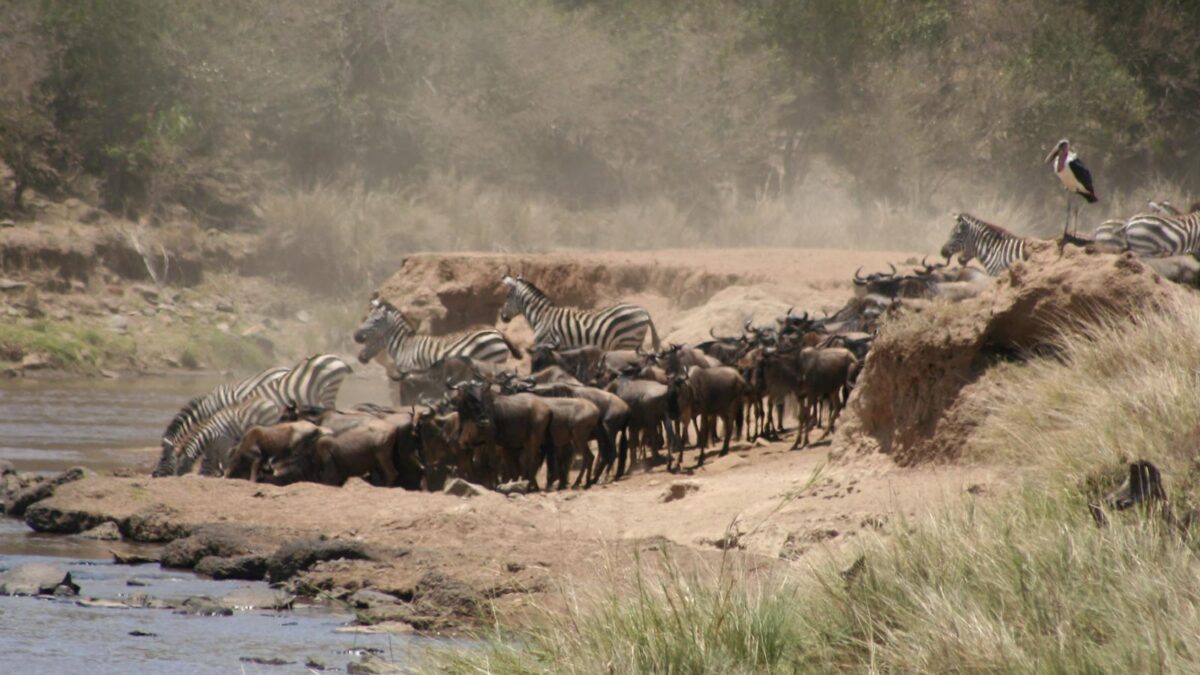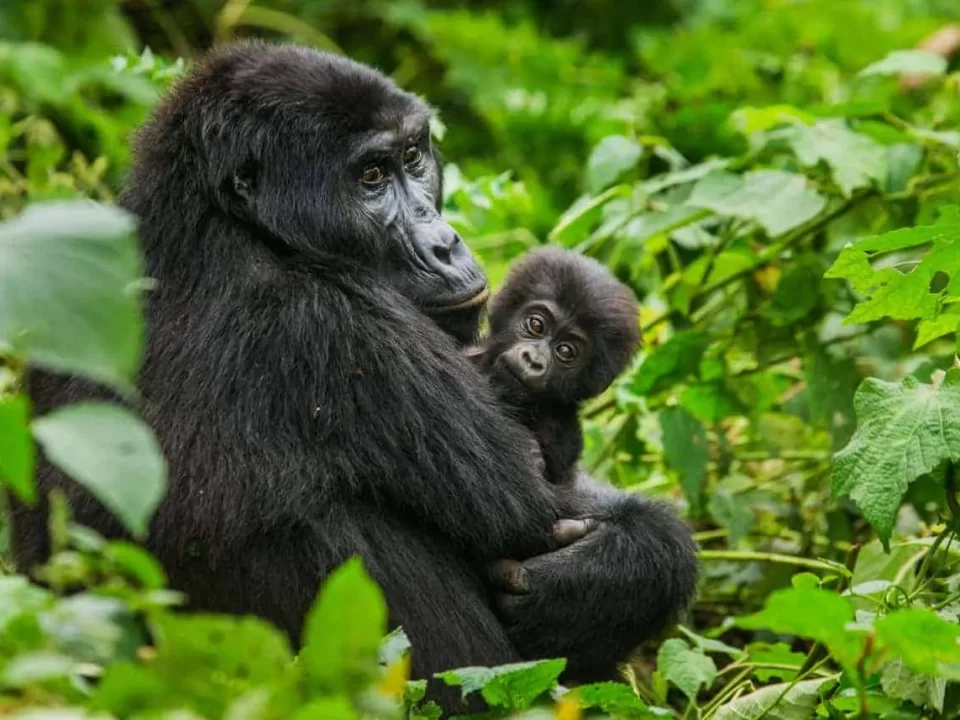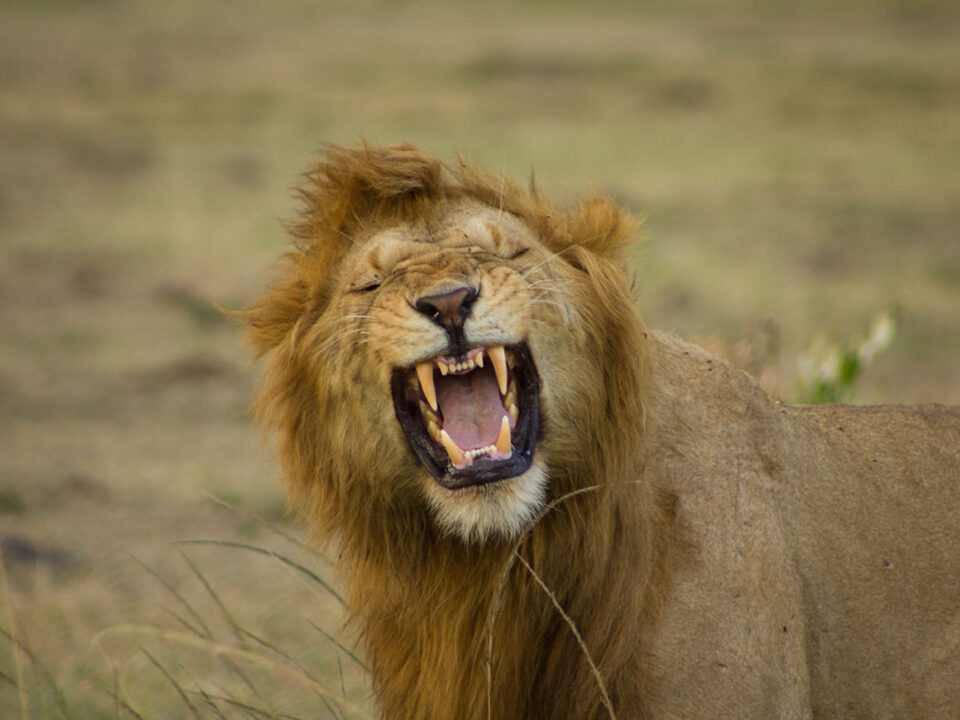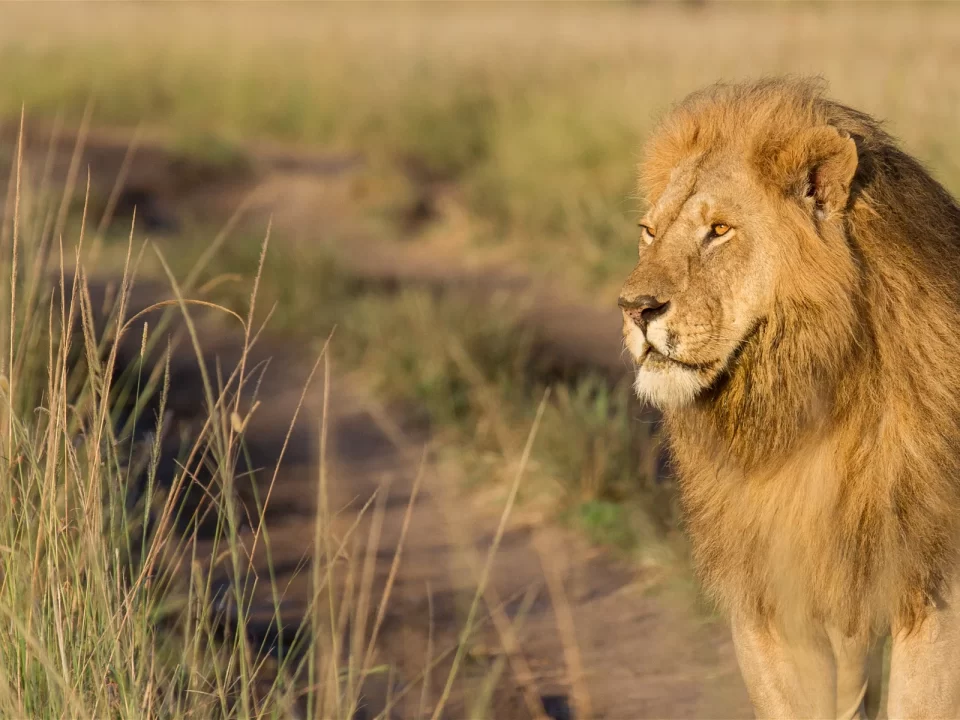Witness the Thunder of Hooves in Masai Mara Kenya
Top African Destinations Australians Must Visit
November 14, 2023
Rwanda Discounted Gorilla Permits
November 14, 2023Witness the Thunder of Hooves in Masai Mara Kenya
Embark on an extraordinary adventure to witness the thunder of hooves in Masai Mara, Kenya, as Trek Africa Expeditions takes you on an immersive safari. Experience the awe-inspiring spectacle of millions of wildebeest and thousands of zebras trekking from the Mara plains towards the Mara River, crossing to the Serengeti plains in search of lush green pastures.
Observing the floods of wildebeest is an absolute must-do for travelers, an unparalleled phenomenon that deserves a coveted spot on every adventurer’s African safari bucket list. But what exactly does the term “thunder of hooves” signify?
The “thunder of hooves” takes its meaning from the remarkable sound produced when millions of wildebeest, Thomson’s gazelle, zebra, elands, and other ungulates traverse from the arid plains of Masai Mara to the Serengeti plains across the Mara River. The rhythmic “tutututututu” emanating from their hooves echoes over vast distances, resembling the distant roll of thunder.
This natural symphony has propelled the Great Wildebeest Migration into a highly sought-after safari experience in Kenya’s Masai Mara National Reserve. It encapsulates the raw essence of the African wilderness and wildlife, creating an unforgettable encounter with nature.
Dive into the intricacies of the wildebeest migration in Masai Mara to fully appreciate this awe-inspiring natural phenomenon. Annually, approximately 1.5 million wildebeest, 350,000 Thomson’s gazelle, 200,000 zebra, and numerous eland and other ungulates partake in what is hailed as ‘the greatest show on Earth.’
The migratory herds are divided into three distinct groups with varied grass-eating habits. As one group consumes the tallest grass, the subsequent group targets medium-height grass, culminating in the complete utilization of available resources before moving on. This specialized grazing behavior results in minimal overlap in their distributions. Notably, the plains’ grasses boast the highest protein content in the entire Serengeti, coupled with elevated calcium levels.
While the navigation instincts of wildebeest remain somewhat mysterious, prevailing belief attributes their journey to a response to weather conditions. Following the rains and the emergence of new grass, the herds instinctively move in sync. Though lacking scientific proof, some experts suggest that the animals may react to distant lightning and thunderstorms, with conjecture even extending to their ability to sense rain over 50km away.
For those eager to witness this captivating migration, timing is crucial. The optimal periods to observe the wildebeest migration in Masai Mara are between December and March or from May to November. The migration is intricately linked to the rhythms of rainfall, but be mindful that the rains are unpredictable, rendering the wildebeest migration devoid of a fixed schedule.
For an unparalleled experience, contact Trek Africa Expeditions to secure your safari and be part of the mesmerizing journey to witness the thunder of hooves in Masai Mara, Kenya. This adventure can be seamlessly combined with gorilla trekking in Uganda or Rwanda, offering a comprehensive exploration of Africa’s diverse and captivating landscapes.




